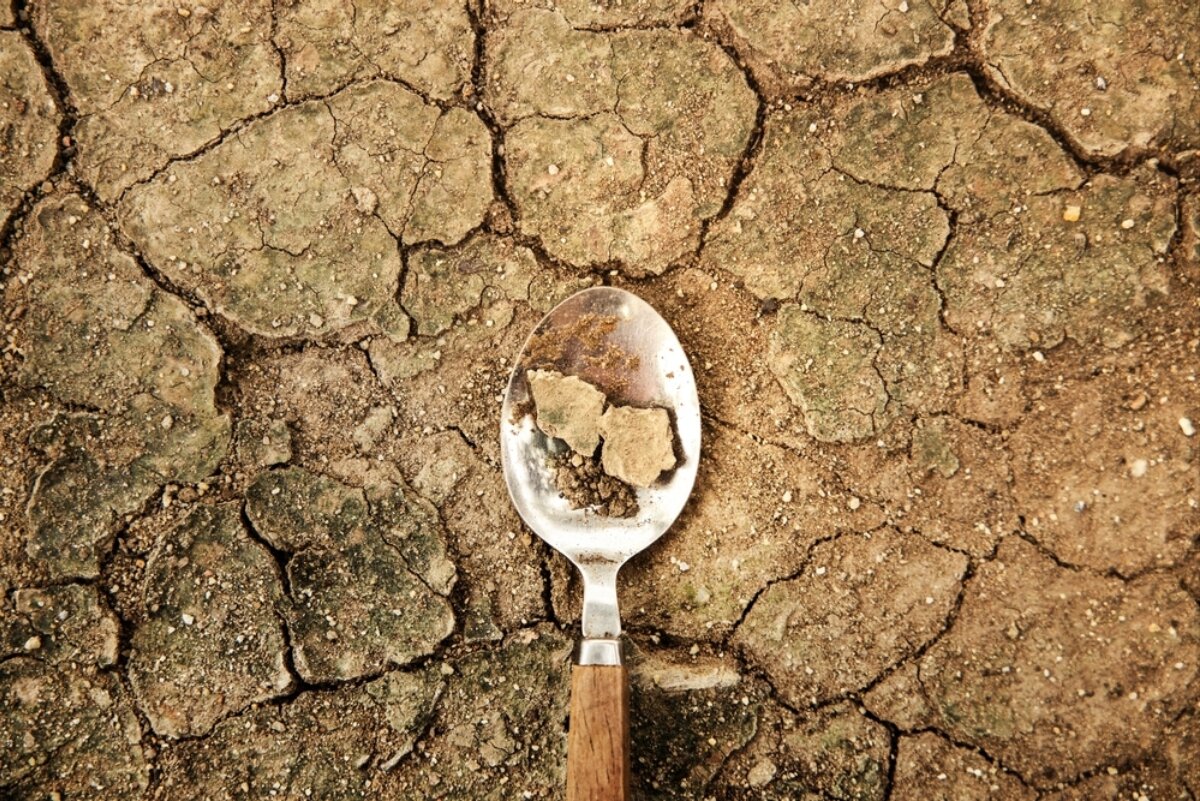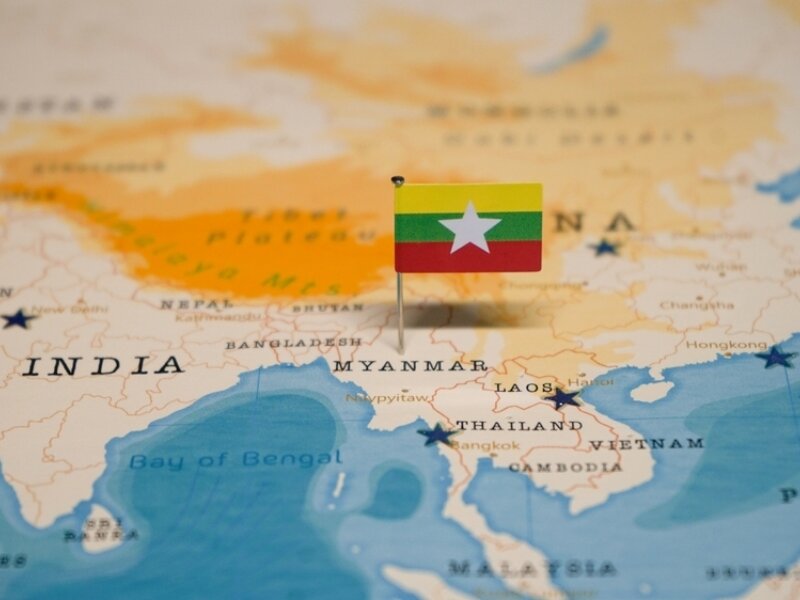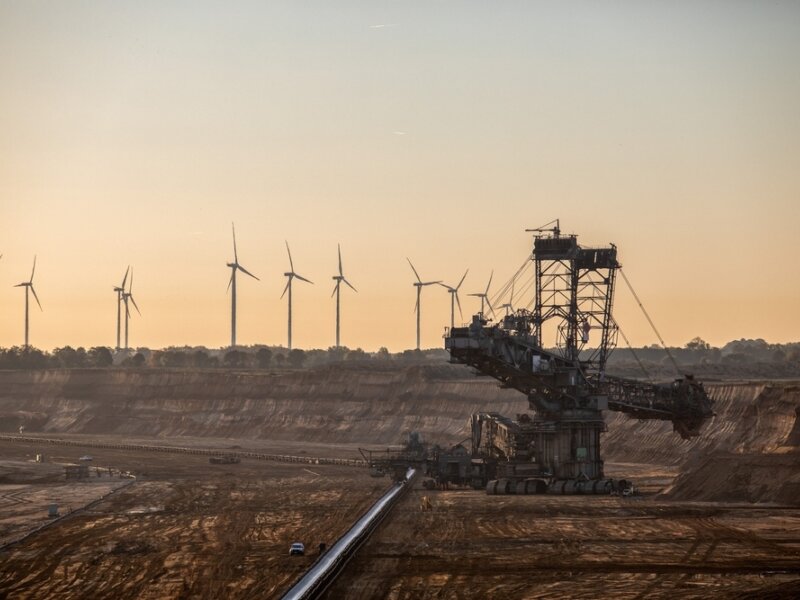Climate change and extreme weather events: a threat to security
Floods and extreme weather events are occurrences related to climate change, which can have serious repercussions for international security and politics, as recently demonstrated by the floods that hit the Gulf countries.

The concept of Security has evolved into something broader. If, throughout much of human history, the military component has played the most significant role in the security logics of state actors, today such a conception risks seeming incomplete. It is true that in recent months and years there have been numerous examples that demonstrate a substantial return to the use of weapons on a large scale: from coups and civil wars in Africa, to the invasion of Ukraine by the Russian Federation. Terrorist attacks in Israel and Moscow, as well as attacks on maritime trade by the Yemeni Houthis, demonstrate that even non-state actors can cause serious harm to a country. However, new occurrences and events that can cause serious damage to human activities, comparable to attacks and conflicts, are increasingly joining this category of security threats.
Covid-19 has been the main example of this new reality. The coronavirus pandemic has indeed proved how health issues can degenerate to the point of bringing to their knees entire economic chains, large segments of the population, and countries that don’t have the technologies and tools to effectively manage and counter this type of emergency.
Similarly to the health component, there is another element destined to shape the political, economic and security agendas of states: climate and, more broadly, the environment. In particular, at a time when the consequences of the ongoing climate changes in this historical phase, as well as their impact on ecosystems and terrestrial environments, have become increasingly evident. After all, since the dawn of human history, climate has played a fundamental role in shaping human progress and development. Periods of crisis or radical changes even within the affected human communities have frequently coincided with phases of climate disasters.
In terms of climate change-related weather events and their consequences on people and infrastructure, the most recent example is what occurred in the Middle East and in particular in the Gulf countries. A violent storm struck the Arabian peninsula on April 15 and 16, mostly affecting Oman and the United Arab Emirates, and to a lesser extent Bahrain, Qatar, and Saudi Arabia.
The desert region of the Gulf witnessed incessant rain and gusts of wind for over 24 hours. In some areas south of Dubai, such as Al Ain, over 250 mm of rain fell in a matter of hours, more than what the area gets in a year and a half. The storm caused extensive economic damage and, above all, the death of over 20 people between Oman and the Emirates. The Dubai airport, the world’s second busiest airport in terms of annual passenger traffic, had to halt operations. In fact, 145 mm were recorded in one day, compared to the 97 mm annual average and the 8 mm average for April. Only on April 23 was the airport’s full functioning announced, with the restoration of 1,400 daily flights.
The region has already experienced extreme weather events, but nothing similar had ever occurred since 1949, the year in which meteorological records began in the country. Experts agree that this type of event is becoming more likely. Extreme weather events are one of the most visible signs of global warming and the consequent climate change. However, although it is evident that the environmental issues can have economic and social consequences, it is equally true that they can also compromise a country’s security stance.
Regarding the floods in the Mediterranean, it is important to consider what happened in Libya in September 2023. The Cyrenaica area was crossed by a tropical cyclone, which led to the collapse of the main road, as well as water and electricity infrastructures in the region. The toll was staggering: over 11,000 dead and around 9,000 missing. In Libya, as in the Gulf, national meteorological research institutes had issued warnings about the impending danger. In the absence of security procedures to contain this type of large-scale event, the consequences were severe, with the entire country on its knees and the emergency situation continuing even in the following days.
When it comes to the impacts of climate change and global warming, extreme weather occurrences are only one of many natural disasters that can have increasingly major security implications. Rising sea levels, ocean acidification and changing currents may all have an impact on coastal cities - where the vast majority of the world’s population lives - and on fish supplies, which are necessary to maintain a stable food security regime, particularly in the world’s poorest regions. From a health point of view, higher temperatures have been linked to an increase in the transmission of illnesses and pest species. These, in turn, can affect the availability of agricultural and livestock products, both in industrialized nations and in those that are more vulnerable in terms of technological growth and modernization. Finally, there are the issues of desertification and drought, which significantly increase the risk of fires.
The impact of all these climate phenomena, in addition to direct damage, can indirectly favor the creation of migratory movements - in this context, climate migrants – as well as the proliferation of criminal activities driven by the lack of economic resources or the deterioration of relations between two or more countries. In Africa, there is the emblematic case of the dispute between Ethiopia, Sudan, and Egypt over the waters of the Nile River, while in various areas of Central Asia water shortages have repeatedly caused international tensions, cyclical food crises, and consequent upheavals from the population.
In the framework described above, the Mediterranean is not exempt from risks, but rather appears as one of the regions most vulnerable to the violent consequences of global warming. Countries can limit the damage with emergency plans and early warnings, but it is not always possible to secure the population and key assets. This must push towards better multidisciplinary monitoring of these phenomena, taking advantage of all the possibilities and tools available today in these sectors, including modern digital and satellite technologies, both in terms of event prevention and contrast, as well as the fight against the effects of climate change.
Furthermore, precisely because of the economic, social, and security consequences that similar events and phenomena have, it is essential to carry out long-term activities for the development of those areas and countries that are most exposed and at greater risk.



